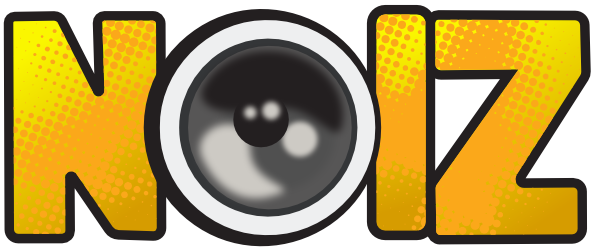40 Years of Game-Changing Keyboards
-
Συζητήσεις
-
odis13
-
Oldies but goodies
Τοποθετήθηκαν cookies στην συσκευή σας για να είναι πιο εύκολη η περιήγηση στην σελίδα. Μπορείτε να τα ρυθμίσετε, διαφορετικά θεωρούμε πως είναι OK να συνεχίσετε. Πολιτική απορρήτου

Προτεινόμενες αναρτήσεις
Δημιουργήστε λογαριασμό ή συνδεθείτε για να σχολιάσετε
Πρέπει να είστε μέλος για να αφήσετε σχόλιο
Δημιουργήστε λογαριασμό
Γραφτείτε στην παρέα μας. Είναι εύκολο!
Δημιουργία λογαριασμούΣύνδεση
Έχετε ήδη λογαριασμό; Συνδεθείτε εδώ.
Σύνδεση